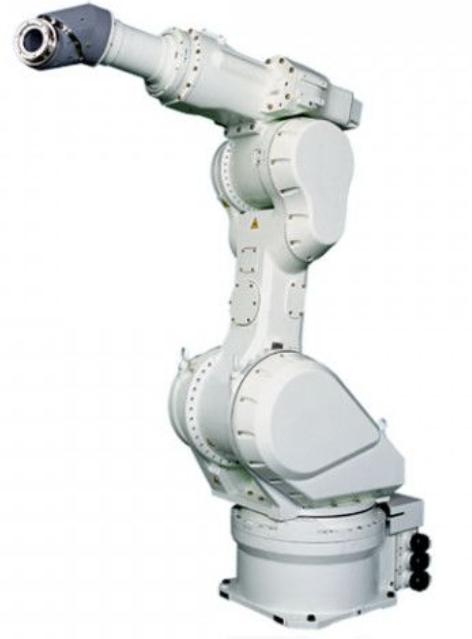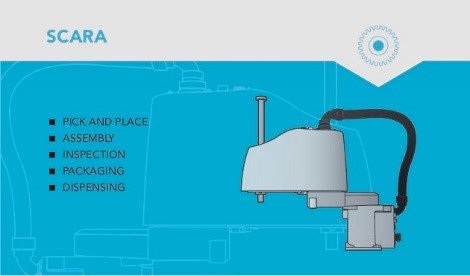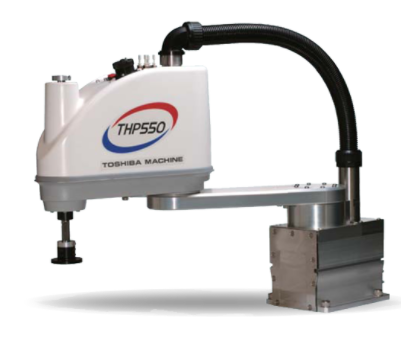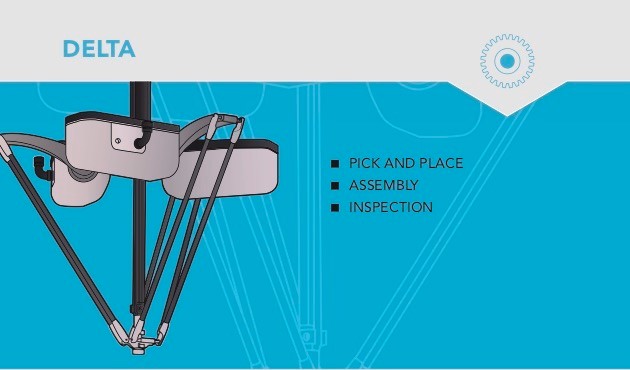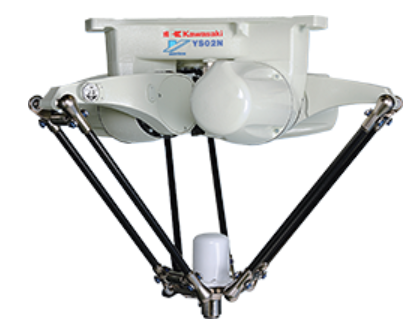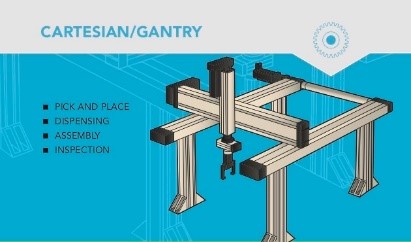RoboticsGeneral InformationMachines that are carrying out actions automatically are classified as industrial robots and service robots. Service robots include collaborative robots work with people (Cobots) are still a small market (2-3%). Types of Industry Robots The National Institute of Standards and Technology (NIST) describes the 4 main types of industrial robots
Kawasaki Robotics GmbHKawasaki painting robot A Selective Compliance Articulated Robot Arm (SCARA) is a good — and cost-effective — choice for performing operations between two parallel planes (e.g., transferring parts from a tray to a conveyor). SCARA robots excel at vertical assembly tasks such as inserting pins without binding due to their vertical rigidity.
Delta robots, also referred to as “spider robots,” use three base-mounted motors to actuate control arms that position the wrist. Basic delta robots are 3-axis units but 4- and 6-axis models are also available.
Cartesian robots typically consist of three or more linear actuators assembled to fit a particular application. Positioned above a workspace, cartesian robots can be elevated to maximize floor space and accommodate a wide range of workpiece sizes. (When placed on an elevated structure suspended over two parallel rails, cartesian robots are referred to as “gantry robots.”)
Use of Robots
Sensors for RobotsSensors are used by robots to:
|
| For all your sensing needs |

